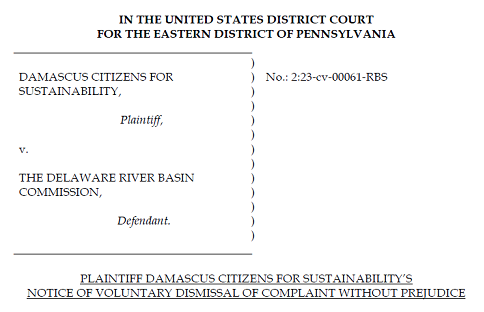PA Lawmakers Seek To Ban Photography Of Gas Drilling Activity
July 17, 2013EPA to Allow Consumption of Toxic Fracking Wastewater by Wildlife and Livestock
July 17, 2013By Joao Peixe, The Christian Science Monitor, July 8, 2013
Repsol SA has had to delay plans to begin drilling for shale gas in the north of Spain after a local government banned all hydraulic fracturing operations.
Spain’s richest shale gas reserves have been determined to exist in the northern region of Cantabria, but back in April the local Cantabrian government implemented the country’s first fracking ban, worried that such activities may pollute the local sources of drinking water. (Related article: Duke University Study Links Fracking to Ground Water Contamination)
Repsol had planned to begin seismic studies, with a view to drilling, in July, but the Cantabrian fracking ban, which prevents all hydraulic fracturing activities within the region’s borders, has put a hold on plans. In truth, it is not fully understood how the ban will affect Repsol, whose Luena project covers 290 square miles, and stretches from Cantabria down to Castille & Leon. Normally when a project extends across two regions or more it is regulated by the national Industry Ministry, not local governments.
The Spanish fossil fuel trade group, Aciep, has made claims that Spain boasts enough prospective natural gas resources to meet the country’s domestic demand for more than 70 years. (Related article: Frackers Under Scrutiny for Buying Silence)
Excited by the potential to cut dependence on imports and possibly lower energy prices, the Spanish government has worked to reduce barriers to energy for any international oil and gas companies trying to develop shale gas in the country, such as BNK Petroleum Inc. and San Leon Energy Plc..
Repsol was awarded its license for the Luena project in 2011, granting it permission to perform operations for six years, as long as they invest at least €30 million in exploration activities. In February Repsol announced that they will explore the resource potential of the project through shallow and deep test wells.



